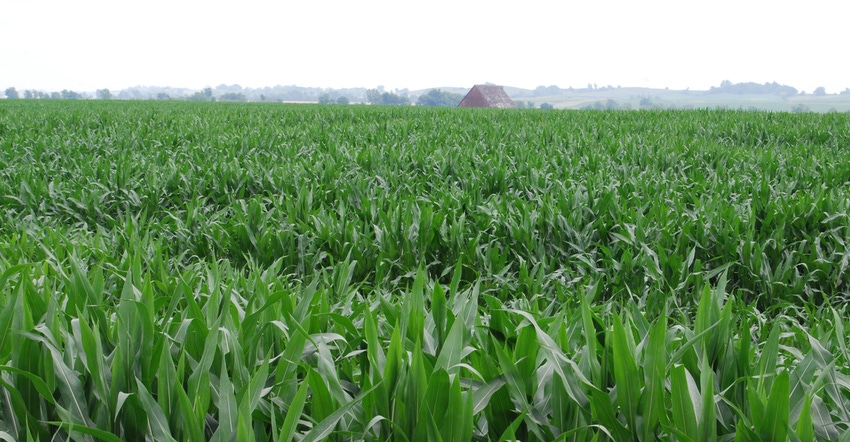June 21, 2017

Each month in Wallaces Farmer magazine, the Timely Tips panel answers questions sent to us by readers. Members of the Timely Tips panel are Alejandro Plastina and Wendong Zhang, Extension economists at Iowa State University; Leslie Miller, Iowa State Savings Bank, Knoxville; and Rob Stout, Master Farmer, Washington, Iowa. Following is the question they are answering this month.
My son and I farm 1,000 acres. I own 400 and we cash-rent 600. We recently had an opportunity to rent another 200 acres, but our financial situation isn’t all that strong now. What should we consider as we weigh any future opportunities to expand? It can be tempting to believe that if the farm just had more acres, it would be more profitable.
Plastina: Larger farms tend to have lower operational costs per acre than smaller farms because fixed ownership costs are spread over more acres. Using this argument, it is easy to fall for the “bigger is always better” illusion. Adding rented land also means increasing fixed costs by the amount of the negotiated cash rent. So the first questions to ask before deciding an expansion is whether you can make a profit on the additional acres. Compare expected gross returns (crop revenue plus government payments) on the additional acres against the sum of all variable costs (seeds, chemicals, machinery fuel, labor and repairs, interest on operating loan, hired custom work, etc.) and all fixed costs (cash rents, machinery ownership costs, farm management fees, etc.)
If you can make a profit, the next question is whether you can cash-flow the additional acres. Cash rents are usually paid in advance, so depending on your financial situation you might or might not be able to come up with the cash rent from your savings, loans, etc.
If you can’t expect to make a profit on the additional acres, then you should be able to use profits from other parts of your operation or savings, or take a loan to cover the losses on those acres. But you’ll have to convince your lender that the additional acres will make you money the following year. If you decide to expand knowing that the additional acres will hurt your bottom line, you will be worse off after the expansion than before the expansion. This is particularly true for farmers whose financial situation isn’t all that strong. Some farmers with deep pockets might consider expanding anyway if they expect higher commodity prices in the near future and can afford to lose money on the additional acres for some time, with the expectation to recover those losses quickly when prices start going up.
Stout: On the surface, expanding from 1,000 to 1,200 acres would seem to be a reasonable consideration, but you must answer some questions first. Can you farm the extra acres without any added machinery and with existing family labor? If so, that would make your labor and machinery costs per acre lower, which would be an advantage. If not, that may negate any advantage. Are you timely with planting and harvest of the existing 1,000 acres? Will adding 200 acres change that? And most important, with crop margins slim, you need to put a pencil to it to see if you can generate a profit with expected input costs and sales prices. If the cash rent is reasonable, do the crop budget based on estimated costs to see if you can make a profit.
Also, go to your lender with this budget before you commit to the extra acres, as you would need substantial additional borrowed money to farm the extra land. You say that your financial situation isn’t all that strong, so don’t jump into something that could jeopardize it. Make your decision based on sound business practices.
Miller: There are three key considerations when adding additional crop acres to an operation. First and foremost, is the cash rent reasonable enough that you have a chance to make money? Secondly, do you have sufficient labor and machinery to get over the added acres without hiring more help or buying different equipment? Last, but not least, do you have enough cash, or will your lender loan you the money, to cover cash rent and input costs for these acres?
There is a lot of competition for cash rent acres. Often it leads to farmers paying so much for cash rent that their breakeven cost seems unobtainable. Even if the rent is reasonable, profitability may be lost because of extra machinery or labor costs, or extra fertilizer and weed control (needed because the previous tenant skimped on these).
Younger farmers in Iowa can even the playing field by qualifying for the Beginning Farmer Tax Credit, which gives landlords a credit on their Iowa income tax if they rent to the beginning farmer. The Iowa Agricultural Development Division of the Iowa Finance Authority can provide you with details.
You May Also Like




